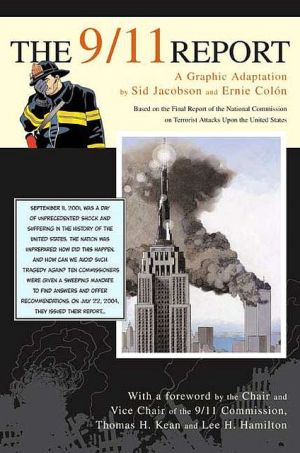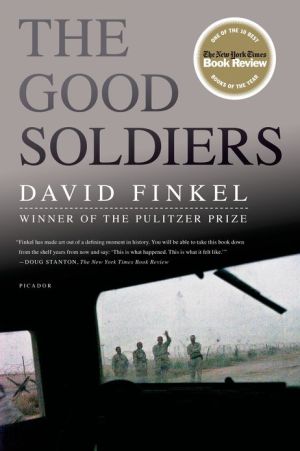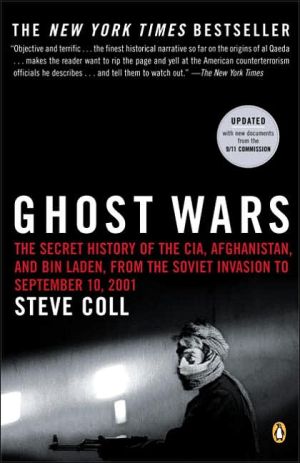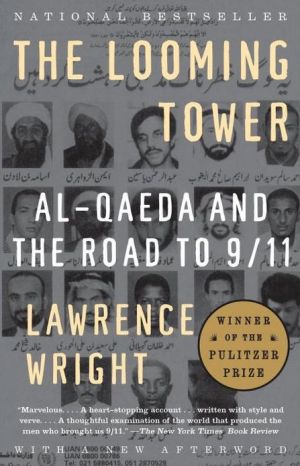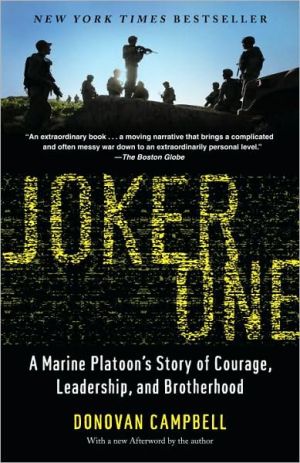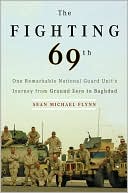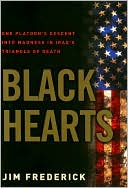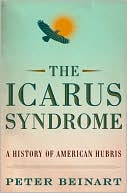The 9/11 Report: A Graphic Adaptation
The 9/11 Report for Every American\ On December 5, 2005, the 9/11 Commission issued its final report card on the government's fulfillment of the recommendations issued in July 2004: one A, twelve Bs, nine Cs, twelve Ds, three Fs, and four incompletes. Here is stunning evidence that Sid Jacobson and Ernie Colón, with more than sixty years of experience in the comic-book industry between them, were right: far, far too few Americans have read, grasped, and demanded action on the Commission's...
Search in google:
The 9/11 Report for Every AmericanOn December 5, 2005, the 9/11 Commission issued its final report card on the government's fulfillment of the recommendations issued in July 2004: one A, twelve Bs, nine Cs, twelve Ds, three Fs, and four incompletes. Here is stunning evidence that Sid Jacobson and Ernie Colón, with more than sixty years of experience in the comic-book industry between them, were right: far, far too few Americans have read, grasped, and demanded action on the Commission's investigation into the events of that tragic day and the lessons America must learn.Using every skill and storytelling method Jacobson and Colón have learned over the decades, they have produced the most accessible version of the 9/11 Report. Jacobson's text frequently follows word for word the original report, faithfully captures its investigative thoroughness, and covers its entire scope, even including the Commission's final report card. Colón's stunning artwork powerfully conveys the facts, insights, and urgency of the original. Published on the fifth anniversary of the terrorist attacks on the United States, an event that has left no aspect of American foreign or domestic policy untouched, The 9/11 Report puts at every American's fingertips the most defining event of the century. KLIATT This is a dignified, carefully accurate graphic presentation of the basic narrative and conclusions of the 9/11 Report. It's quite astounding what the format is capable of conveying. The text is concise and well organized. The graphics are dramatic and emotional. If there is an agenda, it is that of the 9/11 Commission: to point out the mistakes made leading up to 9/11 and on the day of the attacks—the inadequate resources, the uncoordinated intelligence—and the final report (December 5, 2005), which gives our nation very low grades in correcting the errors revealed in the commission's findings. This belongs in every library.
\ From Barnes & NobleThe 9/11 Commission Report is arguably the most readable federal committee report in history, but most Americans have never read it. Alarmed by that sad fact, veteran comic book artist Sid Jacobson and Ernie Colón have created a graphic version of the report that makes its findings indelibly visible. This 160-page adaptation succeeds not only in rendering the dramatic stories of that tragic day; it presents the sequence of events leading up to the attacks with unprecedented clarity. The book also covers the rise of al Qaeda and U.S. preparations and responses to terrorist plots.\ \ \ \ \ VOYA - Steven Kral\ The 9/11 Commission Report on the events of that day weighs in at a formidable eight hundred pages of small text. Developed with the blessing and support of the Commission, this volume condenses the eight-hundred-page report and uses the graphic novel format both to streamline the retelling of events and to enable the report to reach a new audience. The book begins by retelling what happened that morning and then details what factors led to the attack. It ends with a series of recommendations to prevent the recurrence of similar events in the future. Although a "September 11 comic book" might not sound like a good idea, this book does a great job in making the report accessible. The format enables the reader to understand how synchronous events thousands of miles away from each other combined to devastating results. The majority of the text is taken from the report and is largely used for narration or documented remarks. Text that is not from the report is used for dramatic effect and is readily apparent. It does, however, require active participation from the reader to fit the pieces together. It follows the report's structure, rather than providing a chronological narrative. This technique tends occasionally to force the reader to flip back a few pages to remember who was who. Although this problem might cut down on its appeal, students looking for an accessible way to approach the 9/11 Report will seek out this book.\ \ \ KLIATTThis is a dignified, carefully accurate graphic presentation of the basic narrative and conclusions of the 9/11 Report. It's quite astounding what the format is capable of conveying. The text is concise and well organized. The graphics are dramatic and emotional. If there is an agenda, it is that of the 9/11 Commission: to point out the mistakes made leading up to 9/11 and on the day of the attacks—the inadequate resources, the uncoordinated intelligence—and the final report (December 5, 2005), which gives our nation very low grades in correcting the errors revealed in the commission's findings. This belongs in every library.\ \ \ \ \ Library Journalpol sciFeeling that the size and complexity of The 9/11 Commission Report had deterred too many Americans from reading it, Jacobson (Richie Rich) and Colon (veteran comics artist and ex-DC Comics editor) have produced this fine comics version. Beginning with a time line of the morning of the attacks, they move on to a history of al Qaeda and its previous attacks against the United States. They also detail U.S. counterterrorism activities in the years before the attacks; missed opportunities to prevent the attacks; and the many recommendations of the 9/11 Commission, ending with the commission's December 2005 report card on the government's implementation of those recommendations. Jacobson and Colon avoid sensationalism and editorializing; the captions are adapted or directly quoted from the report itself (though much dialog is seemingly invented to illustrate certain points). A larger format would have made the sometimes small text more readable. The artwork is well done, and its depiction (with some blood) of the destruction and the doomed victims can be chilling. Simultaneously released in hardcover and paperback, this important and worthy effort belongs in all libraries. [This book was a 2006 Editor's Pick, LJ 9/1/06. Ed.] Copyright 2006 Reed Business Information.\ \ \ \ \ School Library JournalAdult/High School-At only 15 percent the size of The 9/11 Report: The National Commission on Terrorist Attacks upon the United States (St. Martin's, 2004) and more than four times the price, is this adaptation worth purchasing? The answer is an unequivocal yes. Jacobson and Col-n intend this adaptation to bring to the commission's report readers who would not or could not digest its nearly 800 pages, and they have the blessing, acknowledged in this book's foreword, of the commission's chair and vice-chair to do so. Neither lurid nor simplistic, it presents the essence of the commission's work in a manner that, especially in the opening section, is able to surpass aspects of any text-only publication: the four stories of the doomed flights are given on the same foldout pages so that readers can truly grasp the significance of how simultaneous events can and did overwhelm our national information and defense systems. The analysis that follows in the subsequent 11 chapters cuts cleanly to the kernels of important history, politics, economics, and procedural issues that both created and exacerbated the effects of the day's events. Col-n's full-color artwork provides personality for the named players-U.S. presidents and Al-Qaeda operatives alike-as well as the airline passengers, office workers, fire fighters, and bureaucrats essential to the report. This graphic novel has the power and accessibility to become a high school text; in the meantime, no library should be without it.-Francisca Goldsmith, Berkeley Public Library, CA Copyright 2006 Reed Business Information.\ \ \ \ \ Kirkus ReviewsA comic book, utterly serious, documenting the attacks of September 11. The horrendous events of that day may seem an odd choice for comic-panel treatment, but Jacobson and Col-n-known to legions of fans for their longtime work at DC and Marvel Comics-are doing an honorable public service by putting the official report in a form that anyone can understand, through words or not. The project is fraught with peril; as drawn, for instance, Ronald Reagan looks more like Leonid Brezhnev than the Gipper, and it must have been daunting to reduce the carefully nonpartisan complexities of the report to a few frames depicting, say, Condoleezza Rice's failure to grasp the meaning of actions on which she had been fully briefed, to say nothing of the president's inaction. For all that, the captions pack a lot of punch. Reads one, "Little effort in the legislative branch was made to consider an integrated policy toward terrorism. All committees found themselves swamped in the minutiae of the budget process, with little time for the consideration of longer-term questions." The point is well-taken, even as Osama bin Laden's eyes glower from the page. The graphics are meaningful as well, and some of them, such as the depiction of Afghan leader Ahmed Shah Massoud's last moments, are, well, quite graphic. The book includes the 9/11 Commission's sober determination that the invasion of Iraq was based on anecdotal evidence at best, as well as its recommendations that since so much of the US infrastructure is in private hands, the government would do well to integrate civilians into emergency planning. The most telling moment here comes at the end, and here the graphic treatment is exactly right: It depicts theCommission's "report card" on the administration's response to its findings, with an average grade of D. All told, a thoughtful-and by no means dumbed-down-approach to events still very current.\ \
